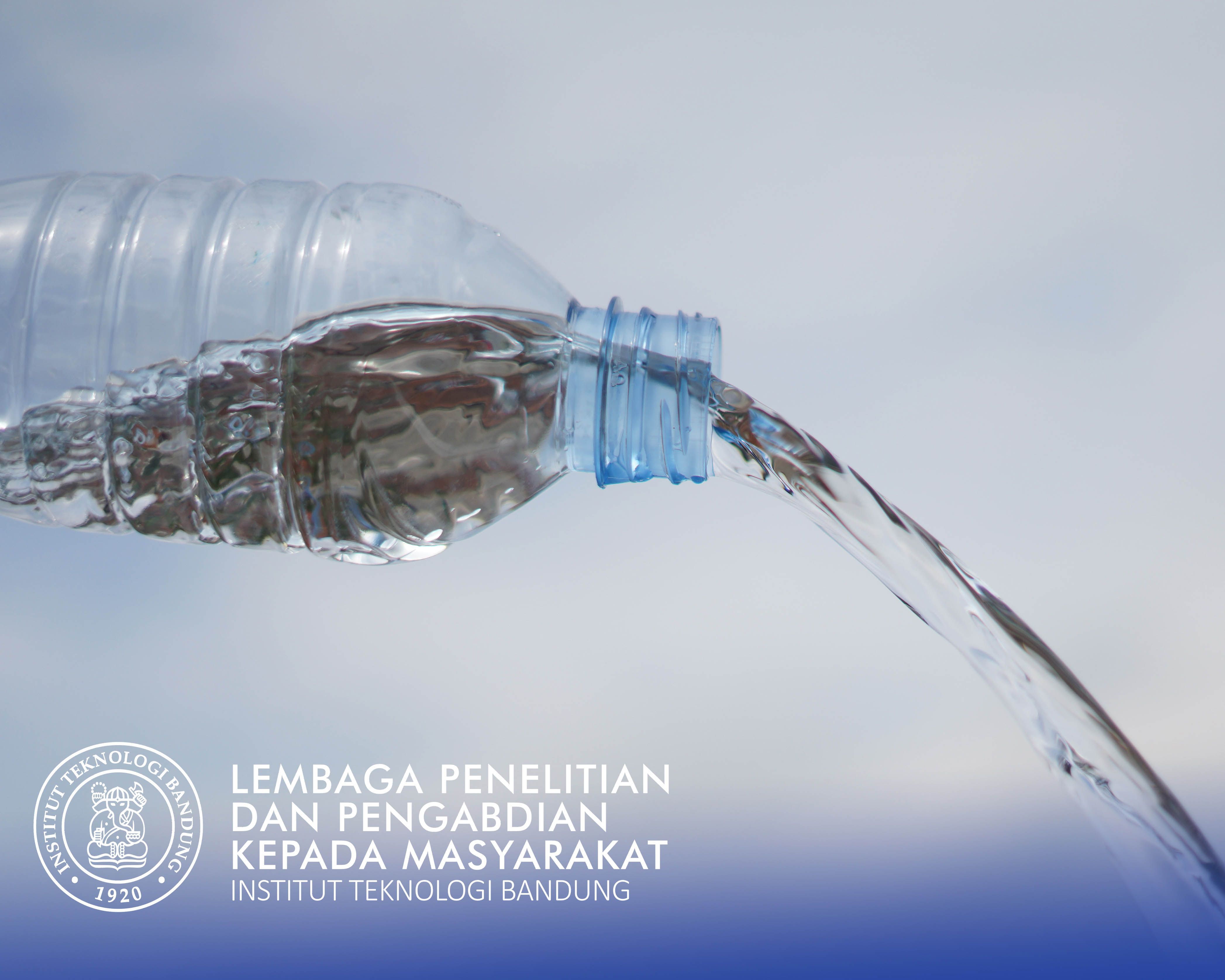

Devi Nandita Choesin
Water pollution due to waste from the leather tanning industry in the Garut area, West Java, continues to occur and causes many losses to local residents. The black water in rivers and ditches creates an unpleasant odor, and causes itchy skin and blackened and unhealthy nails in farmers who interact directly with the water. The affected areas include Sukamantri Village and Kota Wetan Village. The river water has become cloudy and black, foamy and smells bad and is known to contain the heavy metal pollutant chromium (5160.13 mg/kg) which is wasted from the remainder of the leather tanning process. Constructed wetland technology is an alternative solution that can be proposed to deal with water pollution problems. In this community service program, a survey was carried out at the location of waste water treatment installation (IPAL) 2 in Sukaregang, Garut Regency, which apparently is not currently in use. A visit to the tannery industry was also carried out to find out the ongoing industrial activities. In many cases, skin waste, water and chemicals are drained directly through the sewers. Next, a survey visit was carried out in the Sukamantri sub-district and Kota Wetan sub-district, Garut Regency, to determine the location for the constructed wetland installation. In this activity, three types of constructed wetland, were created, namely gravel filter models, floating models, and simple multilevel models. All three use substrates and plants (Canna indica, Typha latifolia andPenisetum purpureum). The constructed wetlandfloating model was applied in the waste ponds of the leather tanning industry (at CV Sinar Brahma Rasyid Cilongkrang and PT Garut Makmur Perkasa), while the simple multilevel model was applied in the home yards of the affected communities. Apart from installing the constructed wetland system, a focus group discussion (FGD) (FGD) activity was also carried out at the Garut Regency Environmental Service Office with the theme “Constructed wetland technology. em> as an alternative waste water treatment for the leather tanning industry”, as well as workshop activities or dissemination of results carried out at the Wetan City Village Office with participants consisting of from the Garut Environmental Service, Garut Industry and Trade Service, representatives of sub-districts affected by tannery waste (Sukamantri Subdistrict and Kota Wetan Subdistrict), representatives of APKI (Indonesian Tannery Association) and representatives of affected communities.
Creating a constructed wetland system as an effort to overcome the problem of water pollution by leather tannery waste, especially in Sukamantri Village and Kota Wetan Village, Garut.
The benefit of this activity is that there is a solution to the problems faced by communities affected by tannery waste. Floating constructed wetlands can be used to absorb heavy metals and other pollutants in leather tannery waste, while simple multi-level models can be used by the community to obtain clean water (for example for washing and watering plants) from river water contaminated with waste.